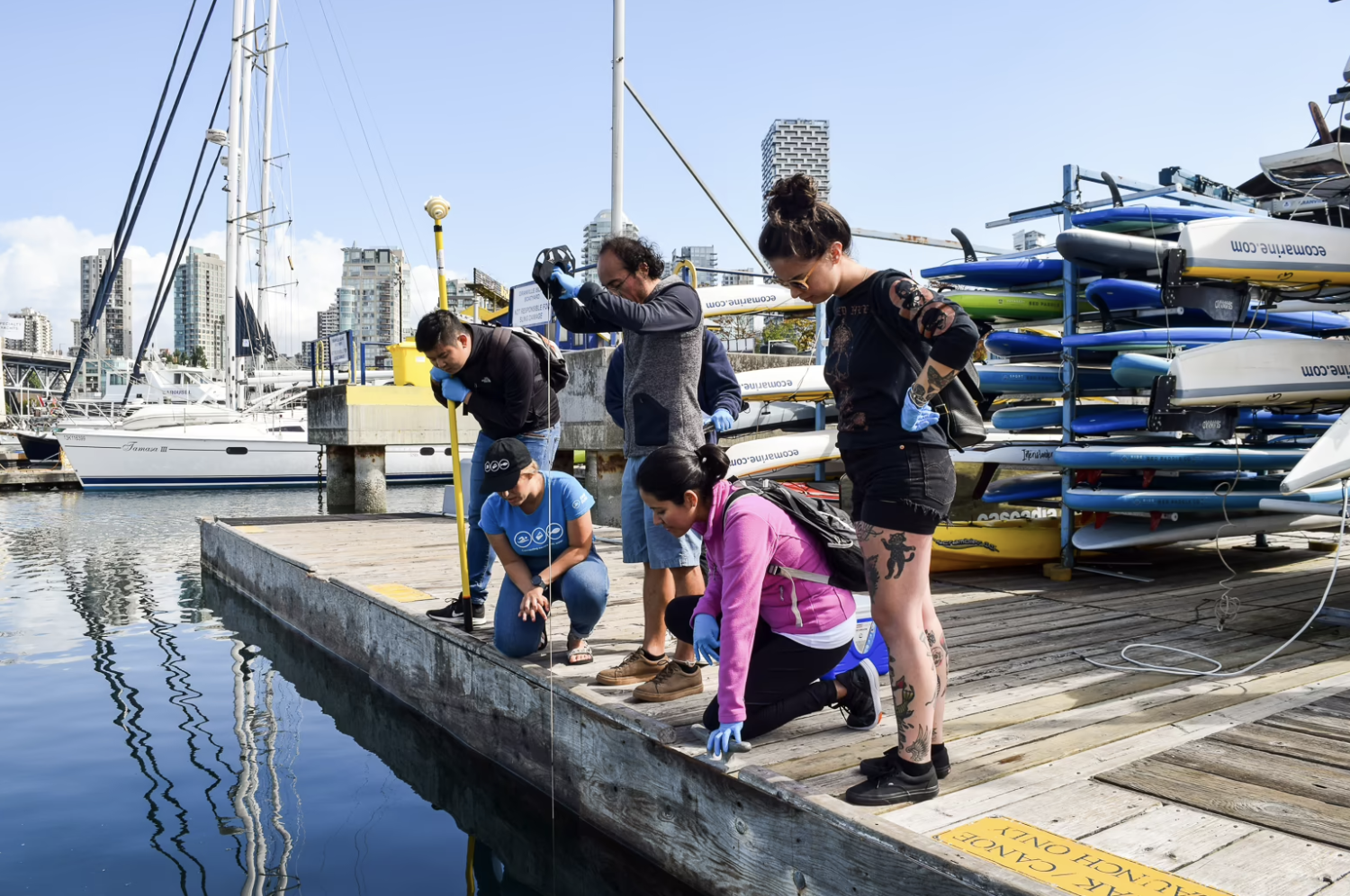
Community-Based Recreational Water Quality Monitoring Toolkit
Designing your recreational water monitoring program
Follow the steps on this page to design your recreational water monitoring program. You can download and edit the associated resources throughout this section to help you complete these steps.
SECTION ONE
STEP 1
Find a suitable site to monitor.
The first thing you’ll want to do is choose a monitoring location and answer the question why do I want to monitor the water? Swim Drink Fish recreational water quality monitoring is conducted at sites that meet the following three criteria:
People are actively using the water, or people would actively use the water if they felt comfortable doing so.
There is no water quality testing taking place or the testing is too infrequent or covers too broad an area or the water quality testing parameters are different than what you’d like to test for.
There are questions or concerns about the water quality and/or the site is vulnerable to pollution.
To help understand if a site meets these criteria, we complete the ‘site suitability’ research document. Completing this document will help you ensure that your monitoring program will be impactful.
Download the ‘Site Suitability’ Research Document
STEP 2
Create a monitoring Plan for your program.
Behind every great monitoring program is a great monitoring program plan. Once you know where you’d like to start monitoring and have assessed the site safety, you can download our monitoring plan workbook and start filling it out to help address the who, what, where, when, and whys of your program.
You’ll want to complete this document collaboratively if you’re working with other people or groups. This document will have to be completed iteratively. As you complete other parts of your monitoring program preparations, you’ll link those resources into this sheet.
Some parts of this workbook may not be relevant depending on the type of monitoring and scope of the program you plan to carry out. If you have questions about creating a monitoring plan, please contact Swim Drink Fish.
Download the Monitoring Plan Design Workbook
STEP 3
Conduct an Environmental Health and Safety Survey
An Environmental Health and safety survey (EHSS) is:
“The foundation or "blueprint" for designing and implementing an effective risk management plan for recreational waters. It is a comprehensive search for, and assessment of, existing and potential water quality hazards (biological, chemical and physical) and their associated risks to the health and safety of the public at designated beach areas”
The Environmental Health and Safety Survey (EHSS) is a key component for creating a recreational water quality monitoring program that is safe and effectively monitors your local water. Conducting an EHSS is recommended in the Canadian Recreational Water Quality Guidelines (2012). It is considered best practice to conduct an EHSS annually to protect the health and safety of site water users.
You can follow our step-by-step guide, which will walk you through all the steps for completing an EHSS.
Associated Resources (please review the guide for instructions on how to use these resources):
Download the EHSS step-by-step guide
Final report template link
EHSS in-field Survey link
Now that you have a plan, you’re ready to prepare the documents you’ll need to collect, store, and share data from your monitoring work. Section Two outlines what documents you’ll need to customize from the toolkit before you head out to monitor the water.
NEXT SECTION


